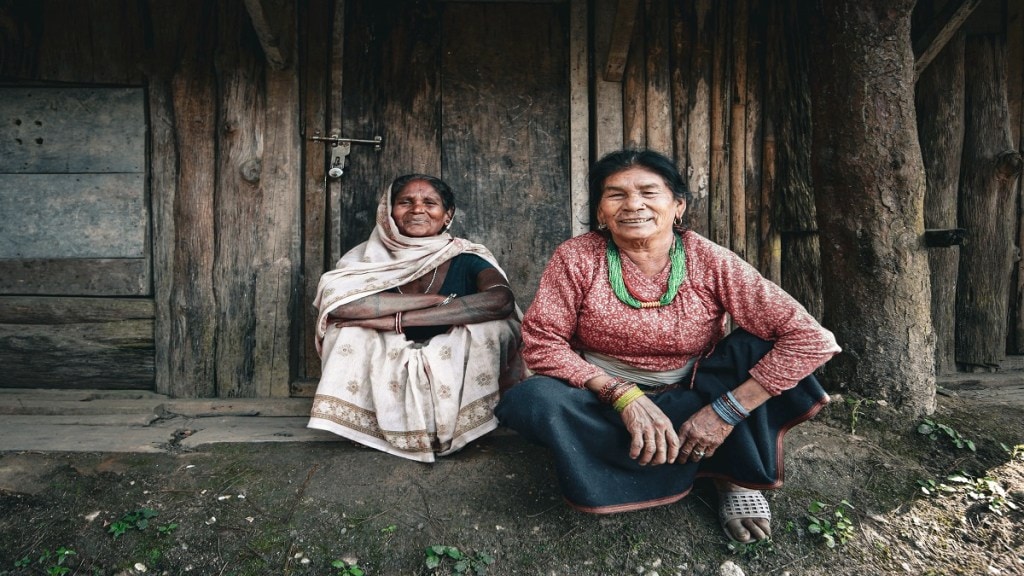By Smita Ram
Microfinance for women entrepreneurs: When Prof. Yunus and the Grameen Bank won the Nobel Peace Prize in 2006, it sparked conversation around the impact of microfinance across countries, and as it gained a huge reputation for helping poor women in Bangladesh become entrepreneurs – several developing countries adopted it as a solution for last mile women empowerment. By definition, microfinance refers to financial services offered to individuals across rural and urban populations that do not have access to traditional financial products.
Usually divided into three broad categories – microcredit, micro-savings, and microinsurance– microfinance focuses on providing access to loans and lines of credit to the unbanked population. According to a report by the Small Industries Development Bank of India (SIDBI), India’s microfinance industry grew by 20% from September 2021 to September 2022 and witnessed Q-o-Q growth of 2% from June 2022 to September 2022.
NBFCs saw the highest Y-o-Y growth of 59% from September 2021 to September 2022. Microfinance has emerged as a global multi-billion-dollar industry with operations across continents. However, over the years, microfinance institutions (MFIs), despite their long journey and initial promise of poverty alleviation and empowerment, faced numerous challenges that have hindered their effectiveness and raised concerns about their impact.
Also read: The critical role of skilling women entrepreneurs
Although MFIs have emphasised their substantial contribution to women’s empowerment since their inception, they have overlooked a significant aspect – the correlation between choice and empowerment. MFIs undeniably contribute to generating self-employment opportunities and facilitating women’s access to financial resources. However, it relies on the theory that increasing women’s access to financial resources increases their income – which then translates into enhanced decision-making, economic agency for women, and long-term changes related to women’s economic roles in society.
However, as highlighted by Professor Naila Kabeer – the idea of empowerment is “the ability to exercise choice,” which is missing in the model. The microfinance model has relied heavily on a cookie-cutter approach to drive efficiency at scale. Predetermined loan cycles and repayment schedules which have contributed to the growth of the industry, do not align with women’s specific needs or financial circumstances.
This standardised approach overlooks the individualised requirements of borrowers, thus limiting their agency and forcing them into borrowing patterns that may not be optimal for their situations. The lack of choice when combined with lack of financial literacy only accelerates the problem further.
This can be illustrated by a scenario that is commonly faced by women borrowing from microfinance institutions. One of the primary reasons women, especially in urban areas, borrow from MFIs is for their children’s education. However, the timing of when they receive the loan from the lender may not always be aligned with the beginning of the academic year, when fees need to be paid at the school.
With the fear of missing out, women end up borrowing well ahead of time. They are therefore servicing the loan and paying interest much before the utilisation of the loan. Lack of financial knowledge also contributes to women not realising the cost of servicing the loan. In unfortunate circumstances, the money may also get used up for family emergencies thus pushing them to take another loan for school education.
Also read: Women in trade: Celebrating the wins and closing the gaps
It is also not uncommon to see men controlling the income even from women’s economic activities or might expect women to use credit received or revenue generated for predetermined household expenditures. In South Asian families, male pressure and lack of income-earning opportunities frequently lead women to make an ‘economically rational’ decision to invest credit or savings in men’s activities. Women thus end up becoming passive recipients of credit without having the ability to decide what is best for them – often borrowing from one lender to service the other. This pushes them further into debt traps.
Hence, the service design on which microfinance models were created and continue to operate needs a big rethink. With breakthroughs in digital technology and behaviour science, it is time to innovate and design financial products and services that are human-centred. Humanising credit access really starts with the ‘freedom to exercise choice’ and enabling women to decide on what terms they want to borrow.
Smita Ram is the Co-founder and CEO of Rang De. Views expressed are the author’s own.

